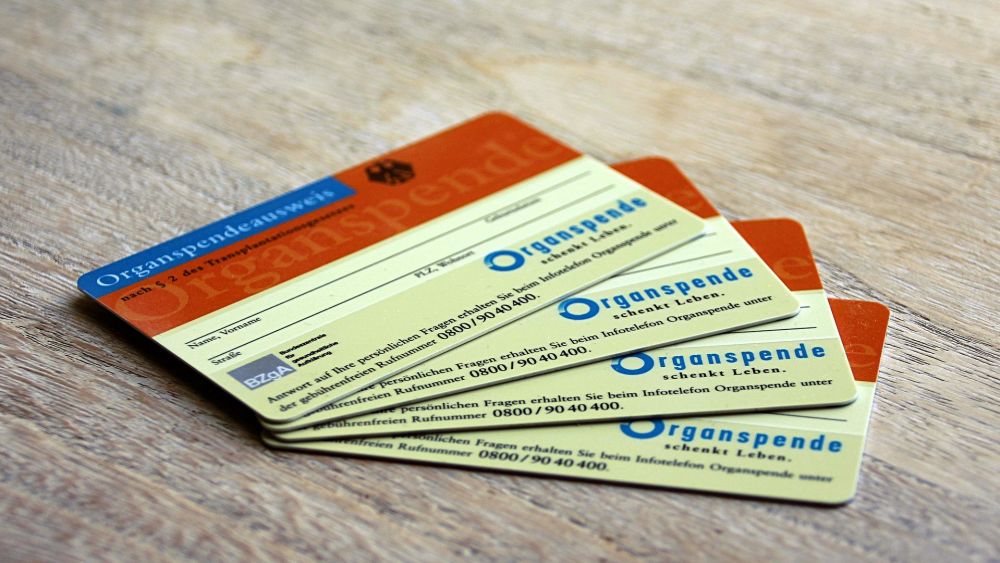Even Without Symptoms, Lung Cancer Screening May Be a Lifesaver
Gary Moore | Moore Lowdown

image by: CDC/ Debora Cartagena
You're a Baby Boomer with a history of smoking, and although you don't have any symptoms, you're afraid of the big C. Instead of just crossing your fingers, why not take the test that can give the early detection that just might save you?
You know about the dangers of smoking, but you just can't break the habit. Or maybe now you're a nonsmoker but are worried about all those years you spent inhaling those carcinogens. In either case, you just want to know whether your lungs are a time bomb that is already ticking.
According to the Centers for Disease Control and Prevention (CDC), there is one⎯and only one⎯recommended screening test for lung cancer. It's called the low-dose computed tomography scan (LDCT), a procedure the FDA approved for lung cancer screening only four years ago, and the CDC suggests yearly tests for all current or former heavy smokers between the age of 55 and 80.
"Heavy smoking," explains the CDC, "means a smoking history of 30 pack years or more. A pack year is smoking an average of one pack of cigarettes per day for one year. For example, a person could have a 30 pack-year history by smoking one pack a day for 30 years or two packs a day for 15 years."
Smoking does such cumulative damage to your lungs that, even if you haven't touched a cigarette in 10 years, the CDC say you should still get the yearly screening for another five. Then, finally, you would drop of the list.
This is not to say you're definitely in the clear, of course⎯even people who never smoked can develop lung cancer⎯but at this point it's not as certain whether the benefits of yearly LDCTs outweigh the risks.
Those risks have to do with radiation. LDCT is an x-ray procedure that produces a detailed, cross-sectional image of the lungs, which can detect far smaller abnormalities than standard x-rays. But that detail can lead to false positives⎯abnormalities that are not cancerous⎯which might lead to further scans or other procedures, all of which have their own risks.
Despite these risks, getting such scans can be the difference between life and death, because, as the American Cancer Society notes, "A harsh truth about lung cancer is that it doesn’t usually cause symptoms until the cancer is already advanced and not able to be cured." And so far at least one study suggests that people who get LDCTs have a 20 percent lower chance of dying from lung cancer than those who instead get chest x-rays.
Most private insurers have also begun covering annual LDCTs, as does Medicare and Medicaid for patients aged 55 to 77 who fit the high-risk profile. As with all medical procedures, those interested in getting LDCTs should first discuss it with a physician.
To help point those in need in the right direction, the American Lung Association has created SavedByTheScan.org, which provides information on insurance coverage, facilities, and of course the scans themselves. The Mayo Clinic also provides extensive details on the procedure.

Introducing Stitches!
Your Path to Meaningful Connections in the World of Health and Medicine
Connect, Collaborate, and Engage!
Coming Soon - Stitches, the innovative chat app from the creators of HWN. Join meaningful conversations on health and medical topics. Share text, images, and videos seamlessly. Connect directly within HWN's topic pages and articles.
















